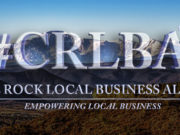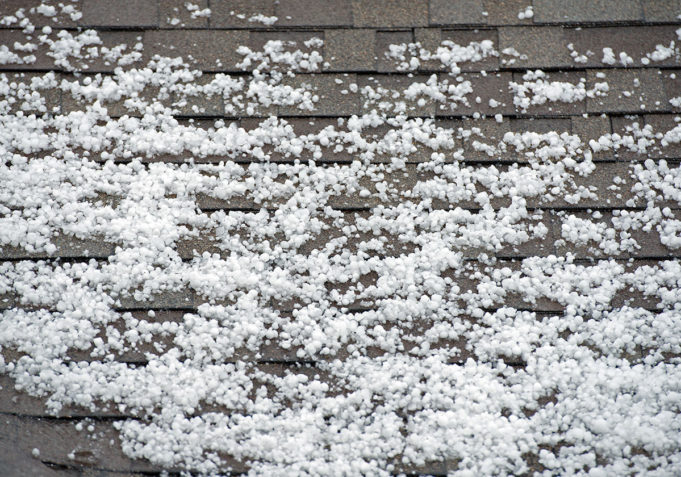Denver area roofing contractors are staying busy, and it’s due to the massive expense and damage related to last year’s hail season.
Large, damaging hailstones are rare in most of the country but in Colorado – they’re expected. Every summer Colorado residents look up at dark afternoon storm clouds and wonder if this is the day their homes and autos will be pelted with damaging hail. They’re not being Chicken Little, when the sky falls in Colorado, it can get more expensive for everyone involved.
In 2018 Colorado topped Texas as the number one state for hail losses according to State Farm. In 2017 Colorado saw its most expensive hailstorm to causing $2.3 billion in damage across the Denver metro. “Colorado is being pushed unfortunately into that No. 1 spot [for insurance claims],” said Carole Walker with the Rocky Mountain Insurance Information Association.
Every season brings a more expensive storm. Hail is not more severe or frequent than in previous years, but skyrocketing growth around the Denver metro means more homes and property are in the path of damaging hail, which leads to more claims. Unfortunately for homeowners, they are most likely to bear the burden costs of more severe weather.
The potential for large scale damage has changed the way many insurance companies operate policies in Colorado. Some companies have switched to individual deductibles for hailstorms opposed to other types of losses, charge flat rate deductibles for hail claims, and charge more for policies on homes likely to be damaged by hail.
Insurance agent Kyle Dufford worries that insurance companies will simply price out their customers, leading to a larger crisis. “If the best we have to offer in the industry is pricing a deductible where no one can afford to participate, we’re doomed,” said Dufford.
Though hailstorms have remained the same in frequency and impact, climate change may shift patterns to more damaging hail and more frequent storms. “Multiple studies are showing that the environments that are producing large hailstorms are getting more favorable in the future,” said Andreas Prein, a scientist who studies extreme weather at Boulder-based National Center for Atmospheric Research.
There are many potential solutions for homeowners including upgrading their home to material not likely to be damaged by hail like impact-resistant roofing or sitting down with their policy provider to pick the best cost-effective options.
When the Sky Falls
As of July 2019, Colorado has yet to be hit with a catastrophic hailstorm, but every new day and weather pattern brings the potential for serious losses. Until the next storm hits, Colorado residents and home insurance providers can only watch the sky and wait.
“We’re definitely seeing a lot of residual roofing projects from last year,” said Alan Parks, Owner of Denver Roofing, Roofcorp of Metro Denver, Inc.













